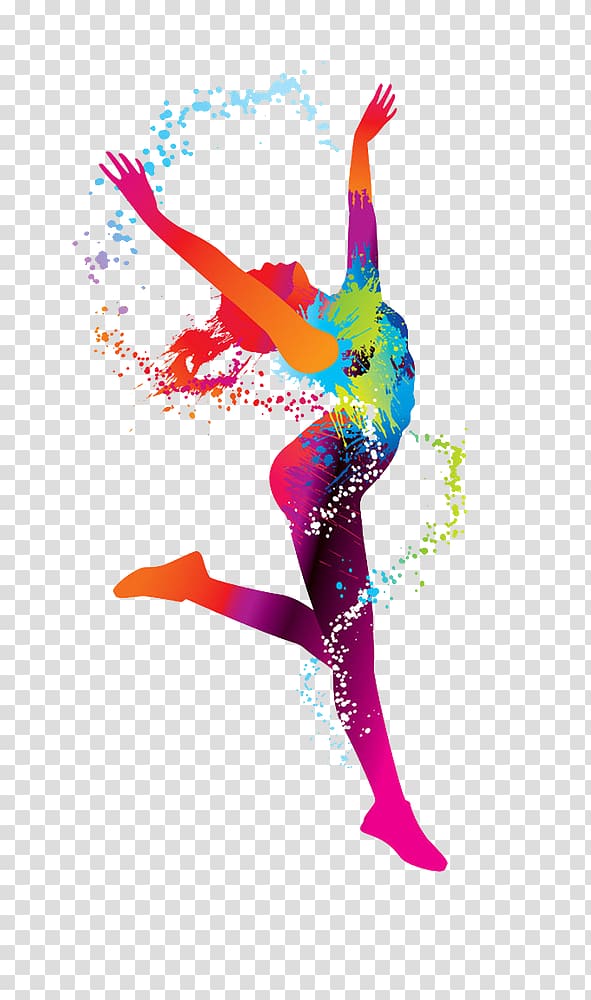
is this cause specific to particular graphics drivers or general for Windows?.what are the most likely causes of this kind of ugly jitter/flicker/jumping?.The reality is that this one problem has many causes, and the existing Stack Overflow questions/answers never make the wider context clear. THE QUESTION: Any developer who has experienced this problem quickly finds that there are at least 30 Stack Overflow questions, some recent and some dating from 2008, full of promising-sounding answers that rarely work. Here are two example pictures of the phenomenon, kindly prepared for a related question by Roman Starkov:Īnother example showing the evil "double image" phenomenon (note the quick flash) from Kenny Liu:Īnother example video of the phenomenon with Task Manager is here. It is not an understatement to say this Windows problem has driven thousands of app developers crazy. The ugly phenomenon stops as soon as I stop dragging, but during the dragging it makes the app look amateurish and unprofessional. a seriously ugly "double image" with two overlapping copies of the content displaced by a distance proportional to how much/how fast we are dragging.contents that seem to pull into the window, intermittently displaced by a border of varying colors, often black or white.contents that seem to walk off the edge of the window and snap back when we slow down or stop dragging.Depending on the situation, the phenomenon may look like: To get the best results with this lesson, you'll want to be using Photoshop CC, but any version of Photoshop will work.THE PROBLEM: When I grab the resize border of my Windows app, especially the top or left borders, and resize the window, the contents of the window do resize "live" as I drag, but they resize in a hideous manner that looks like a blatant bug to even the most novice user: the contents at the opposite edge of the window from the edge I am dragging jitter/flicker/jump back and forth wildly. And you can use it to resize any graphic where you need to maintain sharp, hard edges or readable text. In this lesson, I'll show you exactly how to do it.Īlong with resizing pixel art, I also use this same technique for resizing screenshots used in my tutorials.

Instead of smoothing things out, we need to keep the shapes and the edges of the artwork looking crisp and sharp. Normally when enlarging an image and adding more pixels, Photoshop tries to prevent the result from looking blocky and pixelated by blending the pixels together and smoothing everything out.īut "blocky and pixelated" is the whole point of pixel art! So to resize pixel art, we need a way for Photoshop to just add more pixels, and that's it. In this tutorial, you'll learn how to get great results when resizing pixel art in Photoshop! Pixel art is different from standard images and presents unique challenges when resizing it.


 0 kommentar(er)
0 kommentar(er)
